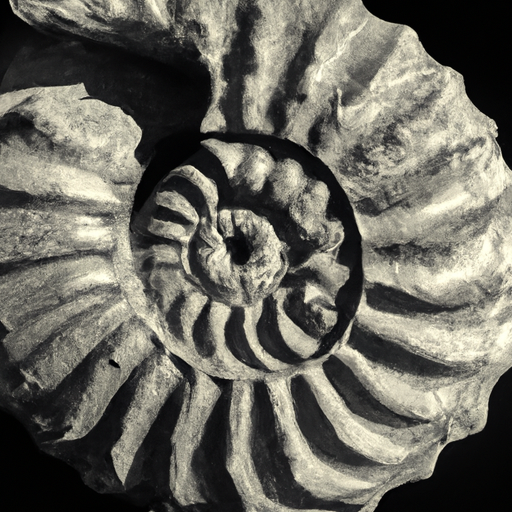Introduction:
Brachiopods, a group of marine invertebrates, have been fascinating scientists and researchers for centuries. Among the various types of brachiopods, one particular species that stands out is the pedicle brachiopod. In this article, we will delve into the intriguing world of these ancient creatures and explore what makes them so unique.
What is a Pedicle Brachiopod?
A pedicle brachiopod is a type of brachiopod that belongs to the class Articulata. These creatures have a distinct feature called a pedicle, which is a fleshy stalk that helps them attach to the seafloor or other surfaces. The pedicle acts as an anchor, allowing the brachiopod to remain stationary and filter-feed on microscopic organisms in the water.
Anatomy and Characteristics:
Pedicle brachiopods have a bivalve shell, meaning their shell is composed of two halves or valves. These valves are made of calcium carbonate and provide protection to the soft body inside. The upper valve, called the brachial valve, is usually larger and more convex, while the lower valve, known as the pedicle valve, is smaller and flatter.
One distinctive feature of pedicle brachiopods is their lophophore, a specialized feeding organ. The lophophore consists of tentacle-like structures that surround the mouth and are equipped with tiny cilia. These cilia create water currents that bring food particles towards the brachiopod, allowing it to filter and consume them.
Habitat and Distribution:
Pedicle brachiopods are primarily found in marine environments, ranging from shallow coastal waters to deep-sea habitats. They can attach themselves to various substrates such as rocks, coral reefs, and even the shells of other organisms. These brachiopods are known to inhabit both warm and cold waters, making them a diverse and adaptable group.
In terms of distribution, pedicle brachiopods can be found worldwide. They have been discovered in fossil records dating back hundreds of millions of years, indicating their long evolutionary history and successful adaptation to different environments.
Ecological Importance:
Pedicle brachiopods play a crucial role in marine ecosystems. As filter-feeders, they help maintain water quality by removing excess nutrients and particulate matter from the surrounding environment. Additionally, their shells provide habitat and shelter for other organisms, contributing to overall biodiversity.
Conclusion:
In conclusion, pedicle brachiopods are fascinating creatures with unique adaptations that have allowed them to thrive for millions of years. Their ability to attach themselves to various surfaces using a pedicle and their specialized feeding mechanism make them an important part of marine ecosystems. By exploring the intriguing world of these ancient creatures, we gain a deeper understanding of the diversity and complexity of life in our oceans.




